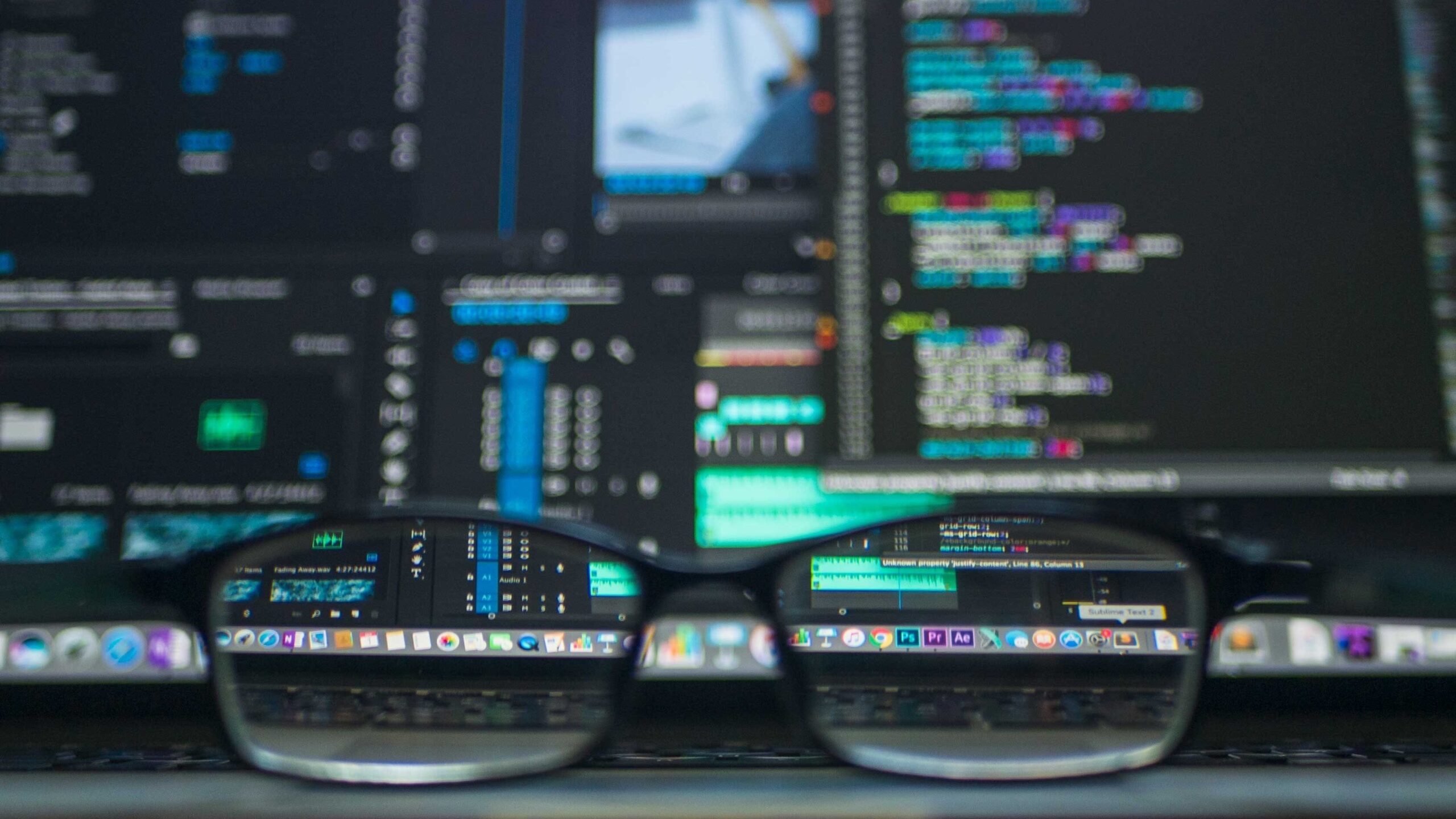In 2023, Price Prediction using machine learning (AI) can help you make profits by using artificial intelligence (AI) that are important for every business. Using machine learning to predict prices is one of the most powerful tools in any company’s toolbox. Because automated price forecasting can help you stay in sync with your market and, ultimately, improve your sales process.
We’ll explain what price prediction is, how it works, and how it can benefit your business in this post. Ready?
- Price Prediction: How Machine Learning Can Help You Grow Your Business & Sales
- What is Price Prediction?
- What is price forecasting?
- Price prediction: How does it work for business?
- Best 7 Benefits of using a Machine Learning-powered prediction system
- Technical & Fundamental analysis in price prediction & Price Forecast
- What industries benefited the most from price prediction?
- Price prediction allows you to make small changes
- Price Prediction using machine learning GitHub
- FAQ – Price Prediction using machine learning
Price Prediction: How Machine Learning Can Help You Grow Your Business & Sales
Are you a small business owner struggling to understand how to set prices for your products? Do you want to know the secret to increase your sales and profits? If so, then machine learning could be your answer.
Machine learning is an incredibly powerful tool that can be used to accurately predict prices and help businesses make informed decisions about their pricing strategies. In this blog post, we will explore how machine learning can be used for price prediction as well as the benefits it can provide. Read on to learn more about how this technology can help you grow your sales and increase your profits.
What is Price Prediction?

Price prediction is the process of using historical data to establish a baseline for future prices. This baseline can be used to make informed decisions about pricing strategies, product development, and marketing campaigns.
Machine learning can be used to improve the accuracy of price predictions. By analyzing large sets of data, machine learning algorithms can identify patterns and trends that would be difficult for humans to discern. This information can be used to create more accurate predictions about future prices.
Price predictions can have a significant impact on a company’s bottom line. By making informed decisions about pricing, companies can increase sales and profits. Machine learning is an essential tool for making accurate price predictions.
Read a Special Article from MoneyMystica:
What is price forecasting?
Price forecasting is the process of using historical data and trends to predict future pricing patterns. Price predictions can be made for individual products or services, as well as entire markets.
Machine learning can be used to improve the accuracy of price predictions by analyzing large amounts of data more quickly and efficiently than traditional methods. Machine learning algorithms can identify patterns and relationships that humans might not be able to see, making the predictions more accurate.
Price forecasting is a valuable tool for businesses of all sizes. Accurate predictions can help businesses make better decisions about pricing, inventory, and production. In today’s competitive marketplace, having a good understanding of prices is essential for success.
Price prediction: How does it work for business?
Price prediction is a method of using machine learning to predict future prices of goods or services. This can be done by analyzing past pricing data and trends, as well as current market conditions. By doing this, businesses can make more informed decisions about pricing their products or services in order to maximize sales and profits.
Best 7 Benefits of using a Machine Learning-powered prediction system

If you’re looking to increase sales and grow your business, implementing a machine learning (ML) powered price prediction system can be a great way to do so. Here are four benefits of using an ML-powered sales prediction system:
- Increased accuracy – By using historical data and sales patterns, an ML-powered sales prediction system can provide more accurate predictions than a human alone could make.
- Increased efficiency – A sales prediction system can quickly analyze large amounts of data to identify trends and make predictions, freeing up time for human employees to focus on other tasks.
- Improved decision-making – With accurate predictions, businesses can make better decisions about pricing, inventory, and promotions.
- Greater customer satisfaction – By understanding customer needs and predicting their behavior, businesses can provide a better overall experience that leads to increased sales and happier customers.
- Price volatility – quantifies the changing prices of commodities. Taking daily percentage differences in cost is how this is measured. The amount of time before price changes can be minimal; however, it’s vital to consider, as it highlights the uncertainty in pricing and better equips businesses with forecasting predictions. Machine learning algorithms can survey price volatility between intervals rapidly and play an important role in stock markets where prices alter continually in microseconds – something a human could never manage.
- Machine Learning (AI) can analyze multiple data sources at once – Because price prediction involves many data sources, including internal market reports, competitor websites, and CRM files, it is challenging for humans to process such a large amount of information, whereas, for AI, more data is almost always better. You will likely find patterns you wouldn’t be able to spot manually if you select good data sources and use your data well. Your software will then produce highly accurate predictions over time.
- Machine Learning (AI) can help improve the accuracy of Price Prediction – With machine learning, you can also gain a better understanding of how industry prices change over time. You can then use this information to boost your overall profit margin as well. For example, if you notice that a supplier often increases their prices in October, you can make a note to stock up on certain goods in September, avoiding the upcoming increase, saving you money, and boosting your overall profitability.
Technical & Fundamental analysis in price prediction & Price Forecast
When it comes to forecasting the future prices of assets, there are two main schools of thought – technical analysis and fundamental analysis. Technical analysis focuses on past price patterns and believes that they can be used to predict future price movements. Fundamental analysis, on the other hand, looks at the underlying factors that could affect the price of an asset, such as economic indicators, company financials, political factors, etc.
Both technical and fundamental analysis have their pros and cons, and many traders use a combination of both approaches in their price forecasting process. Technical analysis can be especially useful in identifying short-term price movements, while fundamental analysis is better suited for long-term forecasts. Ultimately, the best way to forecast prices is to use a combination of both technical and fundamental analysis.
What industries benefited the most from price prediction?
Businesses that can benefit the most from price prediction are those with products or services that are highly sensitive to changes in market conditions. This includes businesses in the agricultural, energy, and financial sectors.
For example, a company that sells corn futures could use price prediction to better forecast how changing weather patterns will affect the price of corn. This would allow the company to make more informed decisions about when to buy or sell corn futures. Similarly, a company that provides energy services could use price prediction to anticipate changes in demand for its services. This would allow the company to adjust its prices accordingly and avoid potential losses.
Finally, a financial institution could use price prediction to better forecast stock market trends. This would allow the institution to make more informed investment decisions and avoid potential losses.
Retail Industries – A key driver of retail success is price, especially now that it is so easy to find a deal online, which makes price forecasting one of the most popular industries for price forecasting. Because of this, retail price prediction goes hand in hand with product analytics: you can determine if a customer will buy a product based on its advantages and disadvantages, or analyze the demand and determine its advantages and disadvantages.
Marketing Industry – The price of your product sends a message to your target audience. People will often connect price with quality, regardless of whether a $100 shampoo is better or a $10 one. However, people on modest incomes still need good yet affordable products. Marketers can use automated price prediction to reach the right people at the right price.
Automotive Industry – Price sensitivity is especially prominent in the automotive industry, where some vehicles can be quite expensive. Prices of cars can vary due to different economic scenes as well as exchange rates in the supply cycle. Small changes may go unnoticed in other industries, but in this market, these movements are seen by all. But don’t panic hire a whole team to keep up with pricing strategies; using AI and price prediction tools will take care of it all.
Stock Price Prediction – It has always been difficult to predict stock prices in finance. Trading requires deep knowledge, professional intuition, and, well, some luck. But Machine Learning has revolutionized the sector with automated data pricing tools. With AI, multiple data sources can now be monitored simultaneously, such as news websites and share prices, like no stock picker ever could.
Price prediction allows you to make small changes
Price prediction is a technique that uses historical data to predict future prices. This approach can be helpful for businesses when trying to determine pricing strategies for new products or services. Machine learning can be used to improve the accuracy of price predictions by analyzing large amounts of data more quickly and efficiently than traditional methods.
While price prediction can be a useful tool, it is important to remember that it is only one part of the equation. Other factors, such as customer demand and market trends, will also affect prices. As such, businesses should not rely solely on price predictions when making decisions about pricing. Instead, they should use price predictions as one input among many when setting prices.
Price Prediction using machine learning GitHub
Price Prediction using machine learning GitHub is also one of the best machine learning AI which helps generate codes for various purposes.
FAQ – Price Prediction using machine learning
What is ML?
ML is a Machine Learning AI tool that helps grow businesses covering all aspects mentioned above.
How can AI help new Business Grow?
There are the best ways AI can help in the growth of new businesses:
1. Helping in market analysis data
2. acquiring unique data about products.
3. Price Prediction of stock or business for safe investments.Is google chatgpt Bard beneficial in price prediction?
Yes, google chatgpt bard is an AI that helps in price prediction & in many ways until you know how to make the best use of it.
Can machine learning predict price?
Yes, Automated price forecasting is one of the most powerful tools in any company’s toolbox. It allows you to stay in sync with your market and improve sales effectiveness.
Which algorithm is best for price prediction?
According to many experts, long short-term memory (LSTM) is the most promising algorithm for predicting stock prices.
Ashish Dwivedi is the founder and chief editor of MoneyMystica, a top resource for finance, insurance, and share market insights. Driven by a passion for empowering individuals to make informed financial decisions, Ashish uses his extensive knowledge and practical experience to offer clear and actionable advice.


